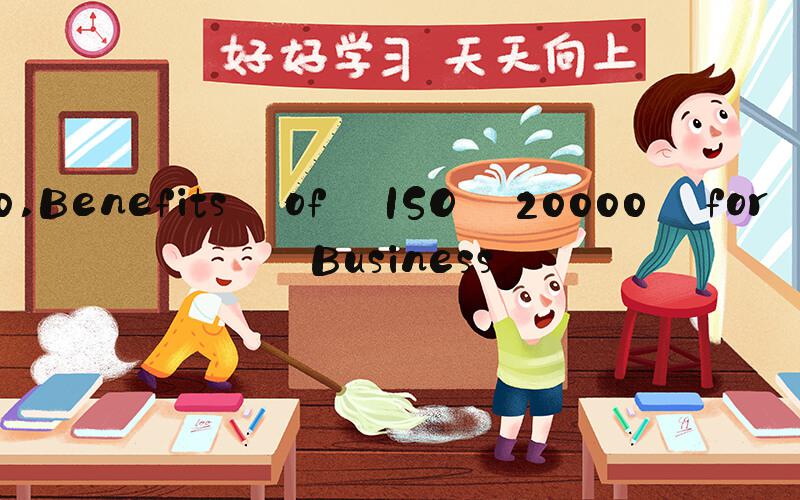 ISO 20000: Understanding the Benefits for your Business
ISO 20000: Understanding the Benefits for your BusinessISO/IEC 20000, also known as IT Service Management Standard, is an international standard that describes the requirements for an organization’s service management system (SMS). This standard is designed to help businesses of all sizes to manage their IT services in a structured and consistent manner.
Benefits of ISO 20000 for Your BusinessImplementing ISO/IEC 20000 can provide your organization with a range of benefits, including:
Improved Service DeliveryISO 20000 provides a framework for managing IT services, focusing on the needs of customers and ensuring that the services provided are of high quality. This can lead to improved service delivery and increased customer satisfaction.
EfficiencyThe standard emphasizes the need for continual improvement, including the identification and elimination of inefficiencies in service management processes. This can lead to cost savings and increased efficiency across the organization.
Risk ManagementISO 20000 requires businesses to adopt a structured approach to risk management, including the identification and management of potential risks that could impact service delivery. This can help to minimize the impact of potential incidents and ensure that continuity of service is maintained.
Competitive AdvantageImplementing the ISO 20000 standard can provide your organization with a competitive advantage, as it demonstrates your commitment to providing high quality IT services that meet the needs of your customers.
Implementing ISO/IEC 20000Implementing the standard involves a structured process that includes:
Gap AnalysisA gap analysis is conducted to identify areas where the organization does not meet the requirements of the standard. This information is used to develop an action plan to address the gaps and ensure compliance with the standard.
DocumentationThe standard requires documented policies, processes, and procedures for all aspects of service management. Businesses need to develop and implement these documents to ensure they meet the requirements of the standard.
Internal AuditsInternal audits are conducted to ensure that the organization is compliant with the standard. Any nonconformities identified are reported, and corrective actions are taken to address them.
Certification AuditThe final step in the process is a certification audit. An external auditor reviews the organization’s SMS to ensure compliance with the standard. If the auditor is satisfied with the organization’s compliance, the business is awarded certification.
ConclusionISO/IEC 20000 is a powerful tool to help organizations manage their IT services more effectively. It provides a structured approach to service management, improving service delivery, increasing efficiency, and reducing risk. By implementing the standard, businesses can gain a competitive advantage by demonstrating their commitment to providing high-quality IT services that meet the needs of their customers.
